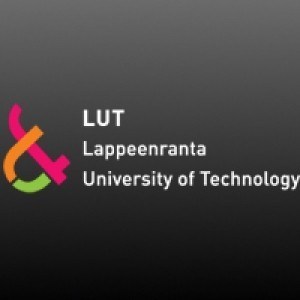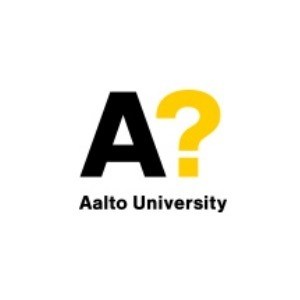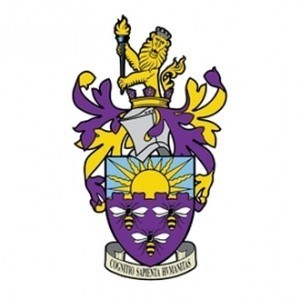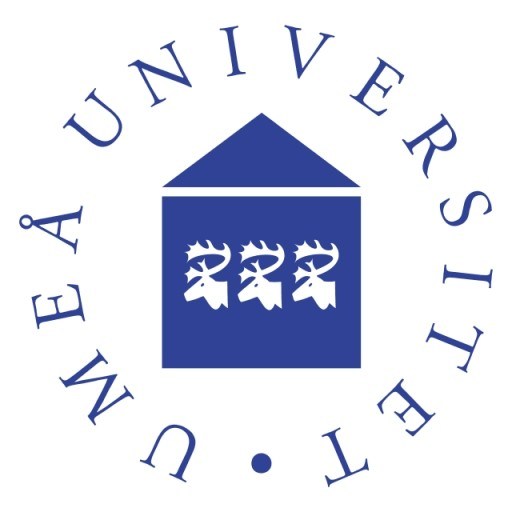Photos of university
Degree Programme in Human-Technology Interaction at Tampere University offers a comprehensive education focusing on the design, development, and evaluation of user-centered technological solutions. The program emphasizes understanding human needs, behaviors, and cognitive processes to create interfaces and systems that enhance usability, accessibility, and user experience. Students will explore a multidisciplinary approach, integrating concepts from psychology, design, computer science, and engineering to address challenges related to the interaction between humans and technology. Throughout the program, learners will acquire skills in user interface design, prototyping, user research methods, and human-computer interaction (HCI) techniques. The curriculum includes coursework on digital design, interface programming, cognitive ergonomics, and interactive media. Practical projects and collaborations with industry partners enable students to apply theoretical knowledge in real-world contexts, fostering innovation and problem-solving abilities. Graduates of this program are well-equipped for careers in user experience design, human factors engineering, usability testing, and product development across various sectors such as IT, healthcare, gaming, and robotics. The program also offers opportunities for research and specialization in emerging areas like augmented reality, virtual reality, and intelligent systems. By combining technical proficiency with a deep understanding of human behavior, the Degree Programme in Human-Technology Interaction prepares students to influence the future of human-centric technology development and contribute to a more accessible and inclusive digital society.
The Master's Degree Programme in Human-Technology Interaction at Tampere University is designed to equip students with comprehensive knowledge and practical skills in designing, evaluating, and implementing user-centered technological solutions. This interdisciplinary program combines principles from human-computer interaction, cognitive science, design, and engineering to address the complex challenges of creating technology that seamlessly integrates with human needs and behaviors. Throughout the program, students delve into topics such as user experience design, usability evaluation, interaction modelling, and ethnographic research methods, gaining a deep understanding of how humans interact with digital systems in various contexts. The curriculum emphasizes hands-on experience through project-based learning, collaborative teamwork, and real-world case studies, preparing students to tackle current and future challenges in fields like software development, product design, robotics, and virtual environments. Students are encouraged to engage in innovative research, participate in internships, and develop prototypes that demonstrate their ability to solve real-world problems. The program also focuses on the ethical, social, and cultural implications of technology, aiming to foster responsible designers and developers who prioritize user well-being and sustainability. Graduates of the programme will be well-equipped for careers in user experience design, human factors engineering, interaction design, research and development, and technology management. They will also be prepared to pursue doctoral studies or careers in academia and industry, contributing to advancements in human-technology interaction and ensuring that technological development aligns with societal needs and values. The programme is offered at Tampere University, known for its strong emphasis on interdisciplinary research and innovation in technology and human sciences, providing students with access to cutting-edge labs, resources, and a vibrant academic community dedicated to advancing the field.
Program requirements for the Master’s Degree Programme in Human-Technology Interaction at Tampere University include a strong foundation in information technology, computer science, cognitive science, or a related field. Applicants are expected to hold a Bachelor’s degree or an equivalent qualification from a recognized university or higher education institution. It is important to demonstrate proficiency in English, typically through standardized tests such as TOEFL or IELTS, meeting the minimum scores set by the university. The admission process also considers motivation and relevant work experience in the field of human-technology interaction, user experience design, or similar areas.
Prospective students should submit a completed online application form through the university’s admissions portal during the application period. Supporting documents required include academic transcripts, degree certificates, curriculum vitae (CV), motivation letter, and certificates of language proficiency. In some cases, portfolio work or evidence of prior practical experience may strengthen the application.
The programme is designed to admit students who display an interest in the interdisciplinary study of how humans interact with technology and how technological solutions can be designed to improve user experience. Due to the competitive nature of admissions, applicants are advised to ensure their application documents clearly demonstrate their suitability for the programme.
There are specific prerequisites for certain courses within the programme, often requiring knowledge of programming, human-centered design principles, or research methods. International students are expected to account for visa requirements and may need to provide financial documentation as part of their application process. Successful applicants are usually selected based on academic merit, relevant experience, and motivation to pursue a career in human-technology interaction fields.
Graduates of the programme are expected to possess comprehensive knowledge of human-centered design, user experience research techniques, interaction design, and technology development. They should be capable of applying theoretical principles to practical projects, conducting user studies, and developing innovative technological solutions that enhance usability and accessibility. The degree prepares students for careers in industry, research, or further academic studies. No specific GPA cutoff is publicly specified, but a high overall academic performance enhances the likelihood of admission. Regular programme updates and specific admission requirements are published annually on Tampere University’s official website to ensure applicants have access to the most current information.
The Human-Technology Interaction master's degree program at Tampere University offers a comprehensive financing structure designed to support international and domestic students throughout their studies. Tuition fees for non-EU/EEA students are charged annually, with the current fee set at approximately 12,000 euros for the entire program. EU/EEA students are not required to pay tuition fees, in accordance with Finnish regulations. Students are encouraged to seek various funding options to cover the costs, including scholarships, grants, and student loans.
Tampere University provides a range of scholarship opportunities aimed at outstanding applicants, such as tuition fee waivers and partial scholarships. These scholarships are awarded based on academic merit and are competitive in nature. Prospective students are advised to apply early as the number of scholarships is limited, and eligibility criteria are strictly followed. Additionally, Finnish government-funded scholarship programs and external scholarship sources may be available to eligible students, providing financial support for living expenses and study-related costs.
Students are also eligible to apply for student financial aid through the Finnish Social Insurance Institution (Kela), which offers benefits and loans to students meeting certain residence and income criteria. This support helps cover living costs, accommodation, and daily expenses during their studies in Finland. Tampere University also offers guidance and counseling services to assist students in navigating the application processes for various funding options.
Part-time work is permissible for students during their studies, providing an opportunity to supplement their income. International students can work up to 25 hours per week during academic terms and full-time during holidays, subject to residence permit conditions. This flexible working arrangement enables students to manage their finances effectively while gaining valuable work experience related to their field of study.
Moreover, Finland’s high-quality education system and social security provisions make studying in Finland financially viable for many students. The cost of living in Tampere is reasonable compared to other Nordic cities, and students can often find affordable accommodation options. The university's partnership with local businesses and industry also facilitates internships and part-time job placements, which can further support students financially and professionally.
In summary, the financing studies for the Human-Technology Interaction program at Tampere University include tuition fees with eligibility for scholarships, access to Finnish social security benefits, opportunities for part-time employment, and guidance on external funding options. These comprehensive financial support mechanisms aim to reduce economic barriers and ensure students can focus on their academic and professional development in a supportive environment.
Human-Technology Interaction (HTI) at Tampere University is a multidisciplinary Master's degree programme that focuses on designing, developing, and evaluating user-centered technological solutions. The programme aims to equip students with the skills to understand human behavior, needs, and limitations and to integrate this understanding into the development of interactive systems and digital services. It combines aspects of computer science, psychology, design, and engineering to create a comprehensive approach to human-technology interaction.
Students in the HTI programme learn to analyze user requirements through methods such as user experience (UX) research, usability testing, and behavioral analysis. They acquire technical skills in programming, interface design, and software development, as well as theoretical knowledge in cognitive psychology and ergonomics. Practical training includes working on real-world projects, often collaborating with industry partners, to ensure that students gain hands-on experience in creating accessible, user-friendly, and innovative technologies.
The curriculum emphasizes user-centered design principles, ensuring that students can systematically approach complex problems related to technology adoption and user engagement. Ethical considerations, privacy issues, and accessibility are integral parts of the programme, preparing graduates to develop responsible and inclusive technological solutions. The programme also explores emerging areas such as augmented reality, virtual reality, and wearable technologies, reflecting Tampere University’s commitment to innovation and multidisciplinary research.
Graduates of the HTI programme are equipped to work in various sectors including industry, healthcare, education, and gaming, where they can apply their expertise in designing intuitive interfaces, improving user experiences, and developing human-centric systems. The programme fosters a collaborative and innovative learning environment, encouraging students to participate in research projects, internships, and international exchanges.
With a strong emphasis on both theoretical foundations and practical applications, the Human-Technology Interaction programme at Tampere University prepares students for careers in research, development, and consulting, supporting the evolving landscape of digital and human-centered technology. The programme is offered in English and typically lasts two years, culminating in a master’s thesis that often involves original research or the development of new interactive solutions.







